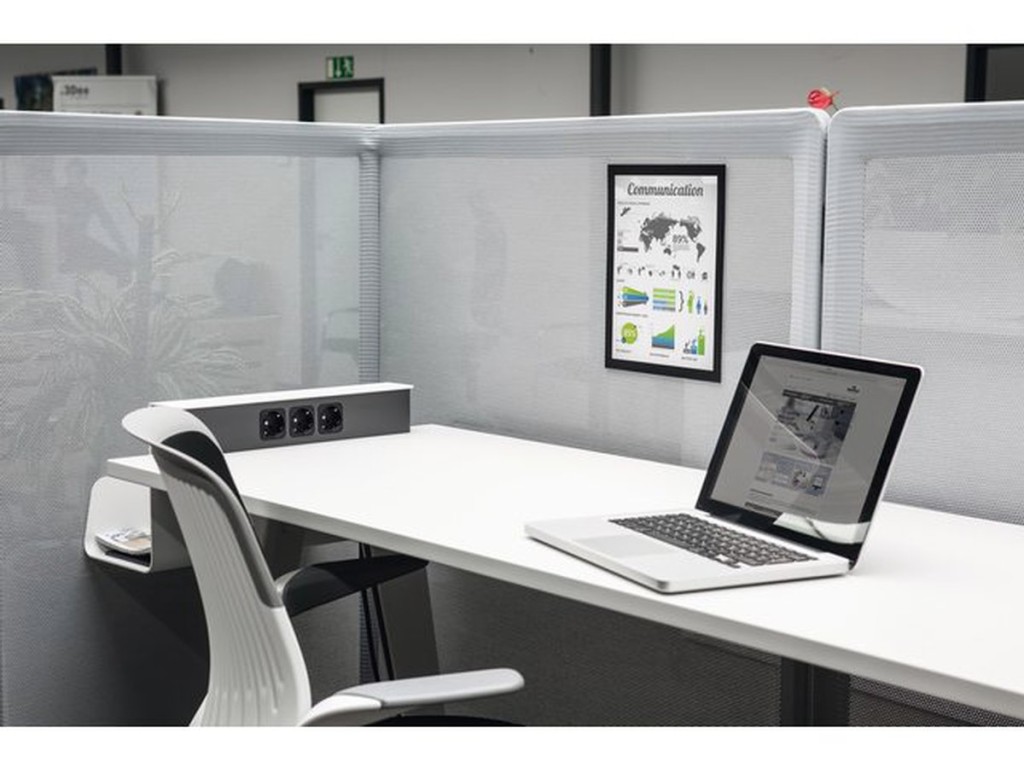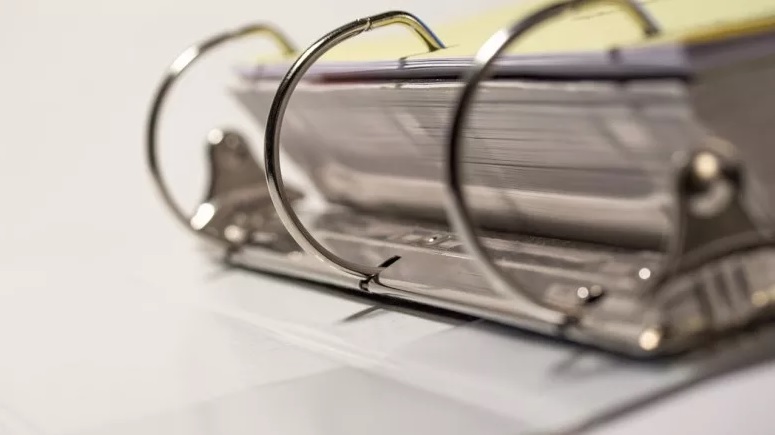

What Laminating Pouches Should I Use?
December 11, 2015Welcome to the world of laminating pouches, sheets and supplies! But what laminating pouches should I use?
If you need to laminate something, then the options available to you can be quite overwhelming – there are plenty of different types of laminating pouches and sheets, all of which serve a different purpose.
Here’s some advice on what laminating supplies to use for different requirements.
Why laminate?
You may be wondering why you should laminate in the first place? Well, the main reason is to protect the documents inside so they don’t become damaged over time. This could be so that teachers can reuse resources over and over again or to protect from the weather if the document is to be stuck outside.
Laminating prevents paper and card from folding and creasing, keeping it flat and neat. Laminating also allows the documents to be temporarily written on using non-permanent pens, again something that might be handy for teachers.
Laminating pouches
Well first of all we have your regular laminating pouch to be used with a pouch laminating machine. They are available in a range of sizes, including A5, A4, A3, A2 and various smaller sizes that are great for ID passes, membership cards, etc.
Make sure that there’s a little bit of space between the edge of the pouch and whatever it is you’re laminating to ensure to seals properly.
Related: 7 Resources No Teacher Should Be Without
You can also choose between gloss and matt laminating pouches. Gloss is the most common type, but if you’re laminating notices, work sheets or signs, and it’s important that they’re not reflective, then matt pouches might be a better choice.
And it doesn’t stop there! If you’re keeping your laminates in a binder or file, then you can buy multi-punched laminating pouches which have holes punched down the side ready for you to file away for later.
Finally, you can buy sticky-back or self-adhesive laminating pouches in which you can laminate your document before peeling off the back and sticking it to a surface – great for notices, posters and planning applications.
See all the types of laminating pouch we have available.
Laminating rolls
If you have larger items to laminate, such as big posters or banners, then you might be better off using laminating rolls or film. Rolls are to be used only on roll-fed lamination machines and require two rolls to press against the item from either side.
These are ideal for commercial printers, school print rooms, print shops, etc, where large quantities or continuous runs are needed quickly.
See our full range of laminating rolls.
Self seal / cold seal laminating pouches
If you don’t have a laminating machine or just want to laminate the odd document, then you might want to consider using self seal / cold seal laminate pouches. These are pretty self-explanatory – you insert your document, peel away the backing paper and stick the two halves together. These are handy for membership and ID cards as they can be quickly done at a reception desk.
See our self-seal laminating pouches.
What thickness laminating pouches should I use?
It’s not just a case of choosing what kind of laminating sheet, but also the thickness. There are varying thicknesses, ranging from 150 micron up to 500 micron, increasing in thickness as it goes up.
Which one to choose depends on your requirements. The thickness determines the rigidity or stiffness of the laminate, so if you want something that is less likely to bend or fold over, a thicker pouch is better.
Restaurants often use thick laminating pouches for their menus so they stand up and don’t flop over. However, thick pouches are more expensive, so if you’re doing a lot of laminating and want to keep costs down, thinner pouches might be better.
If you’re still unsure which laminating products you need, please don’t hesitate to contact us today.



